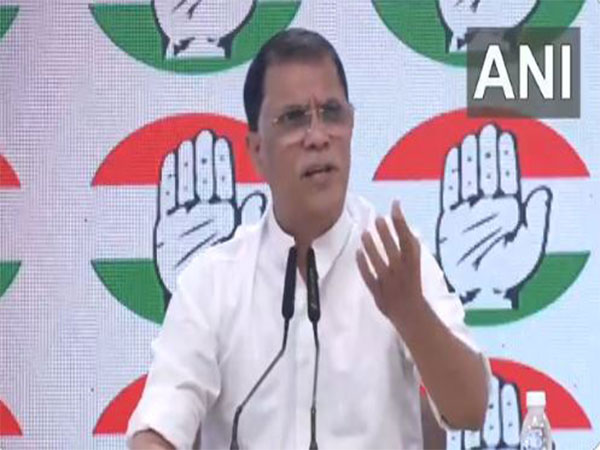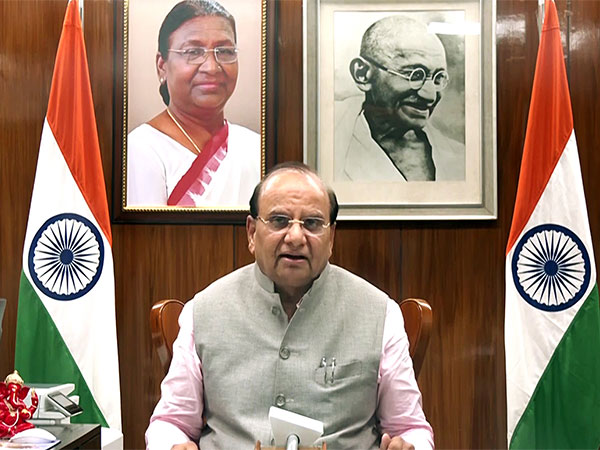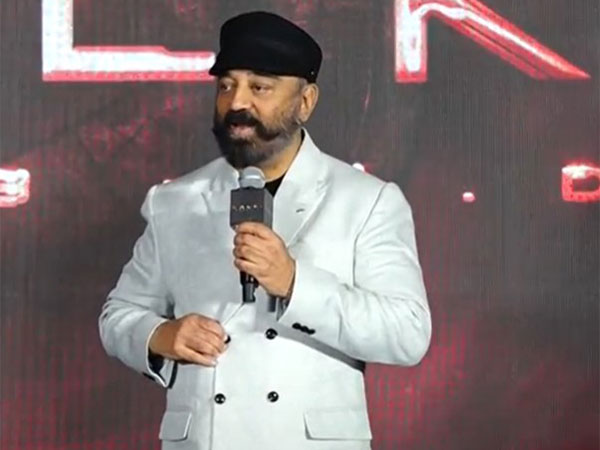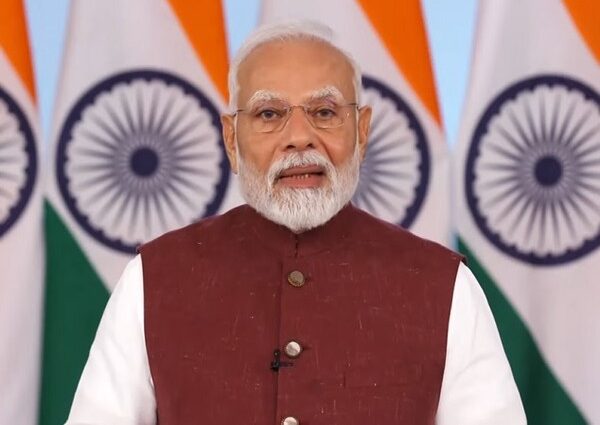Congress leaders Pawan Khera and Jairam Ramesh have endorsed Udit Raj’s criticism of Shashi Tharoor’s remarks on surgical strikes in Panama.
Tharoor, part of an all-party delegation, had stated that India crossed the Line of Control for the first time in September 2015 under the current government.
On Wednesday, Congress leader Pawan Khera criticised his fellow party leader Shashi Tharoor over his statement in Panama as part of the all-party delegation on Operation Sindoor outreach.
Khera took to X to refute Tharoor’s remarks in Panama where he had stated India crossed the Line of Control for the first time in September 2015.
Khera refuted Tharoor’s claims, citing former Prime Minister Manmohan Singh’s statement that many surgical strikes were conducted under the UPA government. Khera shared a video clip of Singh’s statement on social media, emphasizing that surgical strikes were not new to the current government.
Khera shared a link to the video and captioned it, “Former PM Manmohan Singh: Many Surgical Strikes Conducted Under UPA….”
In another post, the Congress leader wrote, “Professionally done, target-specific, limited-calibre counter-terrorist operations have been carried out across the LoC in the past too, but this is for the first time that the government has made it public,” Jaishankar said this to the Parliamentary Committee on External Affairs in October 2016.”
Notably, External Affairs Minister S Jaishankar had told Parliamentary panel that the Army had carried out “target specific, limited- calibre, counter-terrorist operations” across the LoC in the past too, but this is for the first time the government has gone public about it.
He also reposted the party leader Udit Raj’s remarks on his account where Udit Raj accused Tharoor of being a “spokesperson for the publicity stunts of the BJP” and criticised him for downplaying the achievements of previous governments. Raj pointed out that the Indian Army had crossed the LOC and international border in the past, citing examples from 1965 and 1971.
Congress General Secretary Jairam Ramesh also endorsed Raj’s remarks and reposted them.
Udit Raj on Wednesday criticised his party colleague and Lok Sabha MP Shashi Tharoor Tharoor, accusing him of echoing BJP’s narrative during his recent remarks in Panama.
Udit Raj questioned his loyalty to the Congress and accused him of undermining the party’s military legacy. The public fallout highlights serious internal tensions within the Congress party amid its international outreach efforts.
“Congress MP Shashi Tharoor is the super spokesperson of the BJP, and what the BJP leaders are not saying, speaking in favour of PM Modi and the government, Shashi Tharoor is doing… Does he (Shashi Tharoor) even know what the earlier governments used to do? … They (the Central government) are taking credit for the Indian Armed Forces. Shashi Tharoor has become the spokesperson for the publicity stunts of the BJP,” Udit Raj told ANI.
Congress MP Shashi Tharoor, who is leading a multi-party delegation in a global outreach programme, recently said in Panama that India has changed its approach in recent years, and terrorists have also realised they will have to pay a price.
Referring to 2016’s Surgical strike and 2019’s Balakot airstrike in his address, the Congress MP said, “What has changed in recent years is that the terrorists have also realised they will have a price to pay; on that, let there be no doubt. When, for the first time, India breached the Line of Control between India and Pakistan to conduct a surgical strike on a terror base, a launch pad – the Uri strike in September 2015. That was already something we had not done before. Even during the Kargil War, we had not crossed the Line of Control; in Uri, we did, and then came the attack in Pulwama in January 2019. This time, we crossed not only the Line of Control but also the international border, and we struck the terrorist headquarters in Balakot. This time, we have gone beyond both of those. We have not only gone beyond the Line of Control and the international border. We have struck at the Punjabi heartland of Pakistan by hitting terror bases, training centres, and terror headquarters in nine places,” Tharoor said.
Responding to this, Udit Raj in a post on X said, “How could you denigrate the golden history of Congress by saying that before PM Modi, India never crossed LOC and the International border. In 1965 the Indian Army entered Pakistan at multiple points, which completely surprised the Pakistanis in the Lahore sector. In 1971, India tore Pakistan into two pieces and during the UPA government, several surgical strikes were unleashed, but drum beating was not done to encash it politically. How could you be so dishonest to the party which gave you so much?”
Tharoor, who is leading the all-party delegation to the United States, Guyana, Panama and other nations, was not among the official choices suggested by the Congress to the government for the outreach delegations. (ANI)









